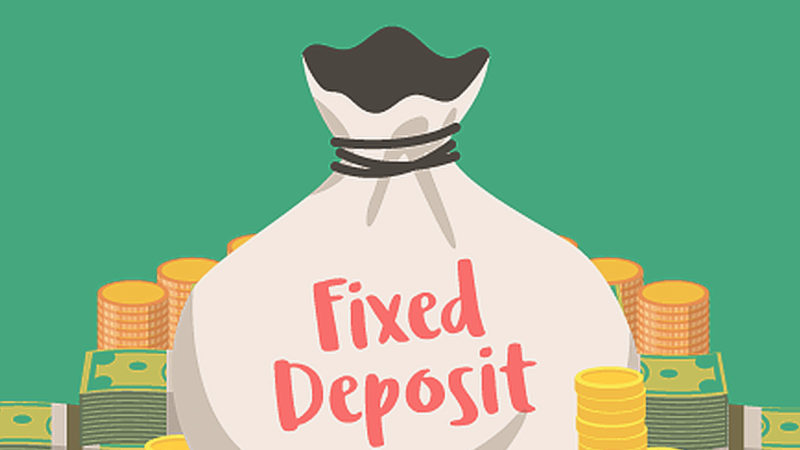When you are in search of a stable investment avenue, the Public Provident Fund (PPF) scheme and Fixed Deposits (FDs) are worth considering. Both are equally good in terms of safety, but which is the right one for you will depend on your financial goals and investing horizon. Acquaint yourself with the pros and cons of investments, before investing, to make an informed decision. Let us find out what these two investments and how to align them with your financial goals.
Fixed Deposit
FDs have become the hallmark of savings because of its safety and assured returns feature. There are special FDs with special lock-in periods. Tax saver FDs like 5-years deposits with the post office make you eligible to claim tax deduction under 80C, income tax act, 1961. You can also look at company FDs which offer higher interest rates than banks for the same tenor.
How to invest?
You can open a fixed deposit account with banks or non-banking institutions or post offices easily. However, NBFCs fixed deposits like Bajaj Finance FD offer higher interest rates along with high credibility and safety backed by reputed credit rating organisations such as CRISIL and ICRA, flexible tenure and a minimal investment amount.
Public Provident Fund (PPF)
PPF is also a popular investment for risk-averse investors for a long tenor of up to 15 years. It is a government-backed long-term scheme regulated under the PPF Act, 1968. You can invest a small amount of your income in a PPF account. It gives you financial security specifically after retirement. Just like FDs, you will have sizable corpus but after a long period of 15 years. It will provide you with tax-free interest.
How to invest?
To start investing in a Provident Fund scheme, you need to open a PF account with a bank or post office. You need to deposit in the PF account every year for 15 years. You can extend it for a further five years.
PPF vs. FD
Risk is intrinsic to the financial market. But these two are the convenient options to stay steer clear of any risk. But here are the salient features of FDs over PPF. Here is the comparison between PPF and FDs regarding different aspects:
- Tenor
PPF is for long term investors only because savings in PPF accounts are locked for 15 years. No other lock-in period is available for PPF scheme. There are only certain conditions under which you can withdraw partially.
Whereas FDs are available to every investor with different time horizons. This is a flexible term deposit.
- Loan facility
An investor can apply for a loan against PF only after three years of opening a PF account. Whereas a loan against fixed deposit can be availed any point of time. Bajaj Finance offers a loan on FDs up to 75% of the deposited amount.
- Premature withdrawal
PPF deposit can be withdrawn prematurely after 5 years only. But most FDs can be withdrawn after 6 months of opening an FD account.
- Investment amount
You can deposit a maximum of Rs. 1.5 Lakh annually in a PF account. Whereas for FDs, there is no annual limit.
- Rate of interest
PF interest rates are set by the Government whereas interest rates on FD are fixed by each bank or NBFC individually. Lookout for NBFCs offering higher interest rates than banks and post offices. Bajaj Finance FD interest rates are from 6.60 – 6.85% with an assured return on its deposits and safety.
Keep investing to create wealth over the years. Focus on your goals and choose a right tenor for your fixed deposit or multiple fixed deposits at different maturities to meet your goals. Both PPF and fixed deposits have their pros and cons for different financial needs.













